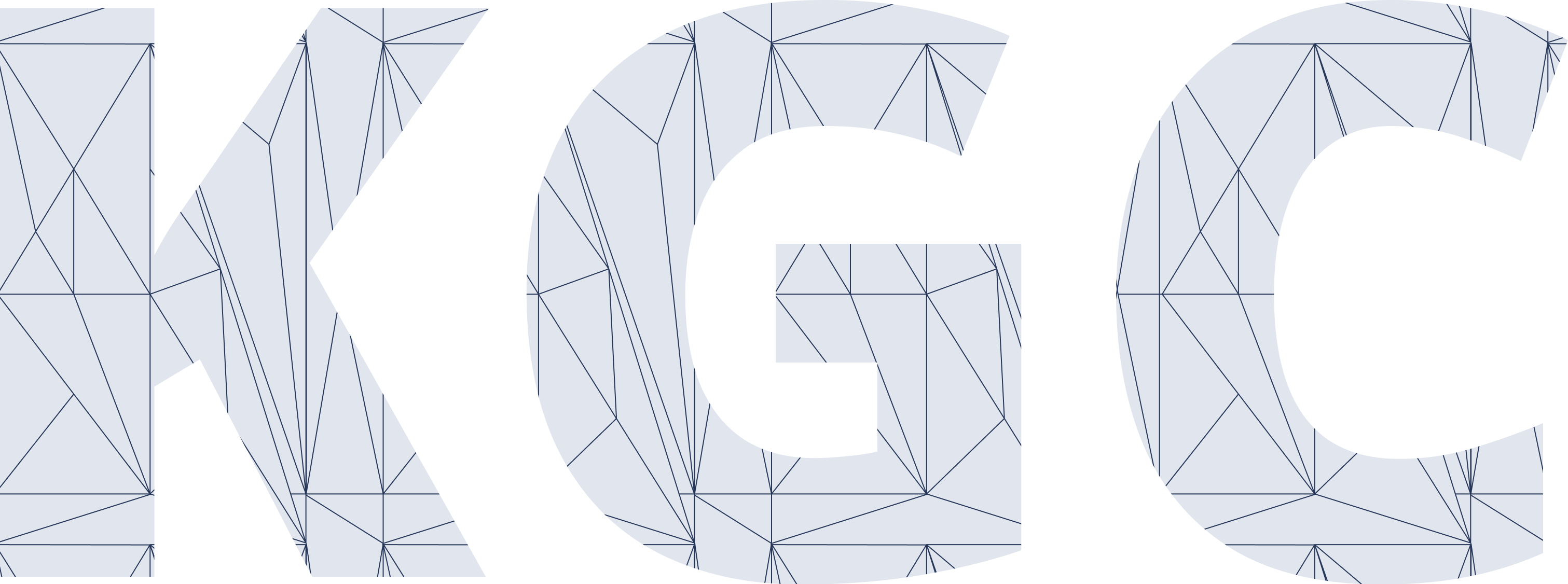Paolo Manghi
Paolo Manghi is a (PhD) Researcher in computer science at Istituto di Scienza e Tecnologie dell’Informazione (ISTI) of the Consiglio Nazionale delle Ricerche (CNR), in Pisa, Italy. He is the Head of the Scholarly Communication Infrastructures Research Group, working on data e-infrastructures for science and scholarly communication infrastructures, with a focus on technologies supporting open science publishing within and across different disciplines, i.e. computational reproducibility and transparent evaluation of science. Since 2009, is acts as Chief Technical Officer (CTO) for the OpenAIRE, the European e-infrastructure for Open Science Scholarly Communication.
Projects
He is the Scientific Coordinator of the H2020 project OpenAIRE-Nexus (Jan 2021) and acted as a scientific coordinator, architect, and/or researcher in the H2020 projects OpenAIRE-Nexus (Jan 2021), OpenAIRE-Connect, OpenAIRE-Advance, and OpenAIRE2020. He is/was involved in the construction and operation of services for the European research infrastructures SoBigDataPlus, PARTHENOS, AriadnePlus, RISIS2, and in the European Open Science Cloud projects EOSCpilot, eInfraCentral, EOSC Secretariat, EOSC-Enhance, and EOSC-Future.
International Collaborations
He is an active member of Research Data Alliance WGs, member of EC projects advisory boards, of the ResearchObject.org, GreyNet, RD-Switchboard initiative, Open Science Monitor WG for the European Commission, EOSC Architecture WG, GO FAIR GO Inter WG, and World Data System ITO Technical Advisory Committee.
2021 Talk: The OpenAIRE Research Graph: Science as a public good
Conceived as a public and transparent good, populated out of data sources trusted by scientists, the OpenAIRE Research Graph aims at bringing discovery, monitoring, and assessment of science back in the hands of the scientific community. The underlying vision is to provide a trusted view of Open Science that is contextualized, traversable, open, and free-of-charge, thereby facilitating:
- Researchers to (i) build a complete individual scientific record, track the provenance of scientific results, reproduce experiments by reaching all products, (ii) have access to an open and transparent collection of data they can use for freely advancing information science and its real-world applications;
- Funders, organizations, research infrastructures to monitor compliance of Open Science mandates, scientific trends, and research impact;
- Research communities to monitor community research trends, identify and calculate community-specific indicators of quality of science by viewing and populating the subset of the Open Science Graph relative to the community;
- Publishers to launch and promote their journals relying on equal and verifiable quality indicators, opted by research communities in their specific domains, and calculated over the Global Open Science Graph taking into account the whole citation graph, open access, reproducibility degrees, etc.
- Companies (SMEs) to acquire content to deliver analytics services to customers operating in the scholarly communication domain (e.g., Elsevier, Springer, ACM).
The OpenAIRE Research Graph will be a key European Open Science Cloud (EOSC) resource, by providing the EOSC with: (i) a catalog of all scientific products, core in fostering Open Science and establishing its practices in the daily research activities, and (ii) Open Science monitoring tools, to measure trends and impact of Open Science and funding across communities and Nations.

